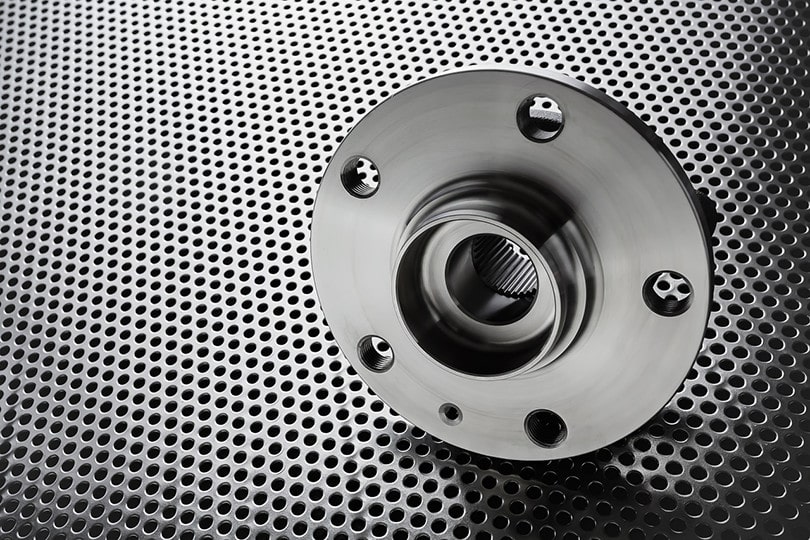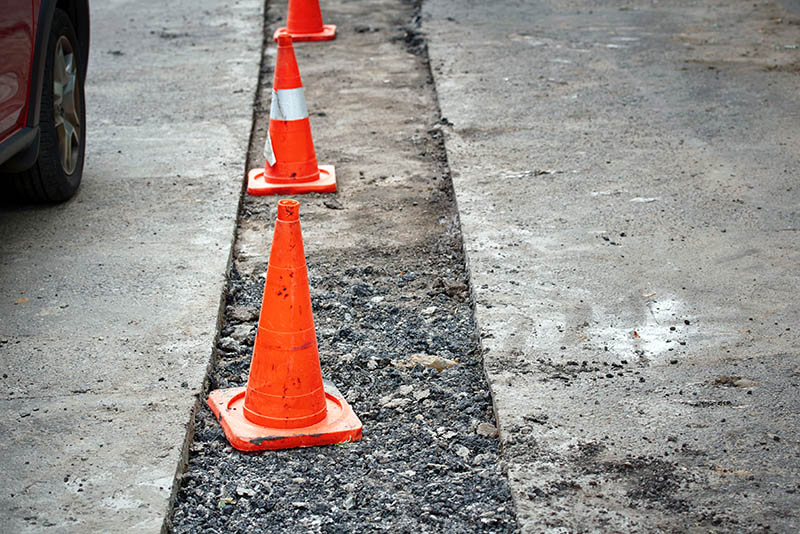What Is a Wheel Bearing? Signs of Damage & Causes
-
Codee Chessher
- Last updated:

Cars are composed of thousands of different parts that work in harmony to start and run your car, getting you where you need to go. One of the smaller yet crucial parts is the wheel bearing, which is a set of steel ball bearings or tapered bearings held together by a metal ring. This component is considered safety-critical, which means it poses a danger if it fails, wears out, or breaks.
Most wheel bearings will last between 75,000–100,000 miles, but the exact lifespan depends on how much you drive, the average driving conditions, as well as your car’s make and model.
Exactly what do they do, though? The wheel bearing reduces friction on your tires by sustaining radial and axial loads generated by your car accelerating, braking, or stopping. Without wheel bearings, your tire can stop working altogether, which is a disastrous outcome if you’re driving when it happens.
Can You Drive With a Broken or Worn Wheel Bearing?
Unlike other minor car troubles that you can safely ignore for a while, a faulty wheel bearing is no laughing matter. If your wheel bearing completely fails or breaks, the wheel can fall off at any time. You could hurt yourself, passengers, pedestrians, and other drivers by neglecting to replace a wheel bearing.
If you suspect your car has a damaged or broken wheel bearing, don’t drive it to the shop. Instead, have it towed. It might be expensive to have it transported, but we’re pretty sure a tow truck is much cheaper than an accident!

The 3 Causes Of Wheel Bearing Damage
1. Poor Installation
Improper installation of a wheel bearing will cause it to prematurely wear out, especially poor self-installation. If you reuse the old nuts, screws, and other fasteners, this can contribute to the problem. New fasteners should be used for the best results.
Another common issue is striking the bearing to get it into place, which can also damage the bearing.
2. Bumps, Potholes, and Uneven Roads
Uneven roads and potholes cause impact damage to the bearing, which isn’t designed to sustain that type of force. Driving on uneven terrain will hasten your wheel bearing’s wear and eventual demise.

3. Water, Mud, and Snow
Wheel bearings have seals that protect them from water, debris, and other contaminants. Under normal driving conditions, water and debris can’t get in. However, driving through deep water, snow, and mud can overwhelm these seals, and water or dirt can get past the seal and into the bearing.
Signs of a Worn or Faulty Wheel Bearing
As with many car malfunctions, there are some telltale signs that signify your wheel bearing is worn out or faulty. If you notice any of these signs, we strongly urge you to have your car taken in for repair. These symptoms include:
- Abnormal noises, including rumbling, whirring, clicking, and grinding. The exact noise you hear depends on the type and severity of damage to the bearing.
- Uneven tire wear caused by the bearings loosening in their housing. This can make your tires wear out prematurely.
- Vague or unresponsive steering. If your car wheel feels looser than it used to, a loose or damaged wheel bearing may be the cause.
 Conclusion
Conclusion
Wheel bearings are one of the most important parts of the wheel assembly, reducing friction and bearing the weight of your car’s maneuvers. They normally last between 75,000–100,000 miles, but it depends on a variety of factors. Long story short, do not put off replacing your wheel bearings and have your car checked regularly.
Featured Image Credit: DmitrySteshenko, Pixabay
Contents


 Conclusion
Conclusion